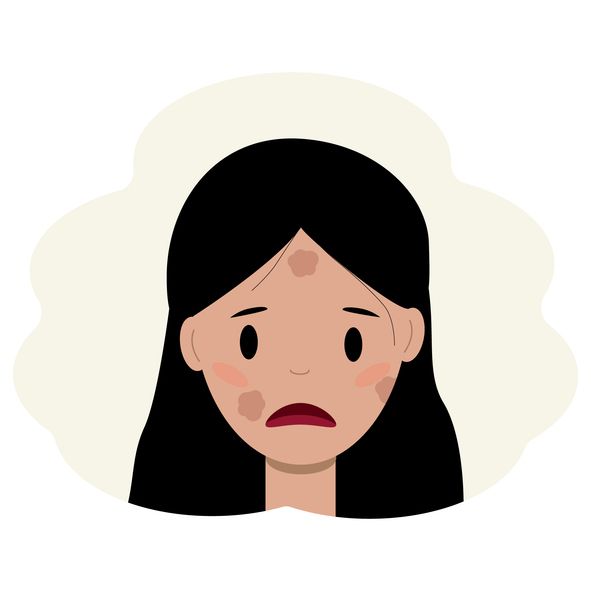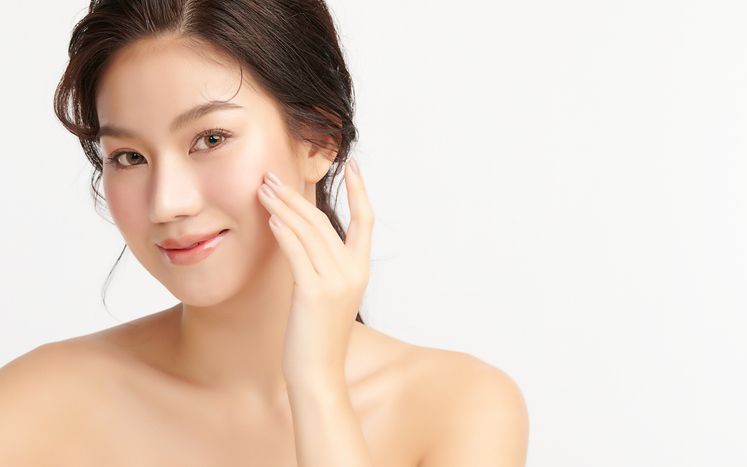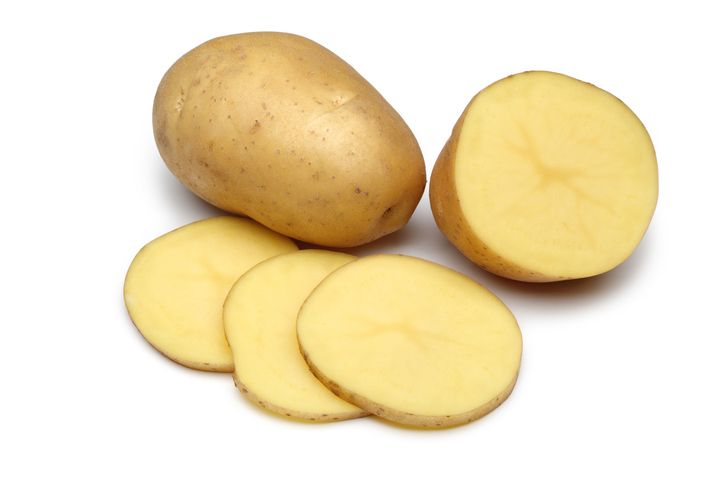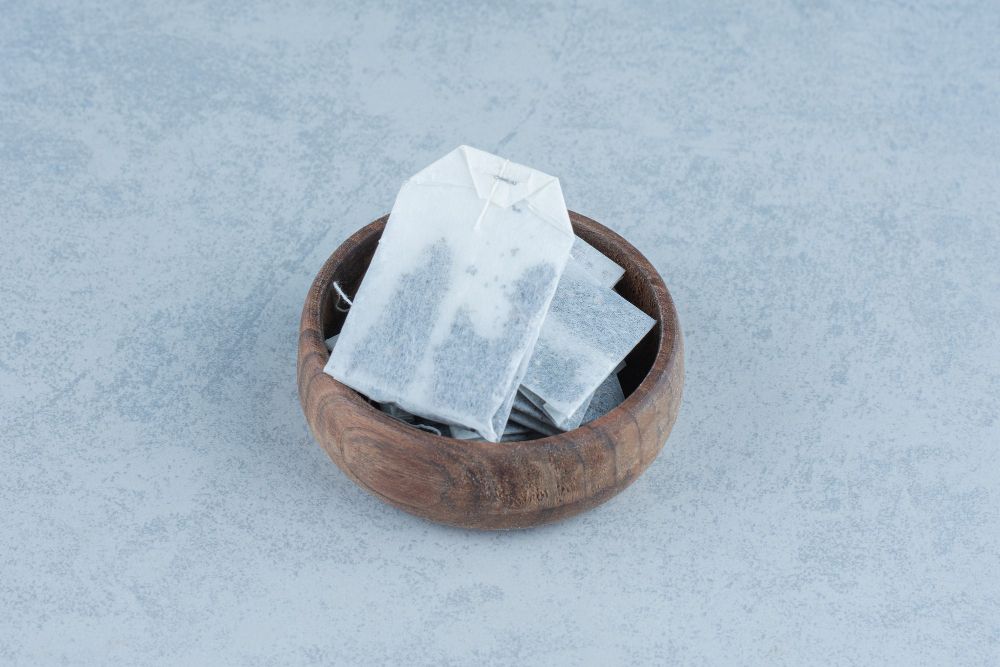
Book Now to Experience
PicoCure Pigmentation Removal Treatment
1 Minute Self-Registration
Date should not be before minimal date
Author: Natalie Ng|17 April 2025
If you’ve got dark patches or uneven skin tone on your face, you’re definitely not alone. Lots of people deal with facial pigmentation, which can happen from things like sun exposure, hormonal changes, or even after skin injuries. These dark spots can be annoying and impact your confidence, but the good news is there are ways to fix them. Whether it’s sun spots, melasma, or post-inflammatory hyperpigmentation, knowing what’s causing the discoloration is the first step. From simple skincare to treatments like laser therapy, there are plenty of options to help even out your skin tone and get a clearer complexion.

1
Different Types of Facial Pigmentation

1. Melasma
2. Solar Lentigines (Age Spots)
3. Ephelides (Freckles)
4. Post-Inflammatory Hyperpigmentation (PIH)
5. Sun Spots (Sun Damage)
6. Age Spots

2
Causes of Facial Pigmentation

1. Sun Exposure
2. Hormonal Changes
3. Skin Aging
4. Skin Injuries and Inflammation
5. Medications
6. Excessive UV Exposure

3
How to Prevent Facial Pigmentation

1. Prioritize Sun Protection
2. Avoid Sun Exposure During Peak Hours
3. Wear Protective Clothing
4. Choose the Right Skincare Products
5. Be Cautious with Hormonal Changes
6. Avoid Triggers That Can Aggravate Pigmentation

4
Treatment for Pigmentation

1. Over-the-Counter Treatment Options
2. Professional Treatments and Clinical Solutions

Book Now to Experience
PicoCure Pigmentation Removal Treatment
1 Minute Self-Registration
Date should not be before minimal date

5
PicoCure Pigmentation Removal Treatment

How Does PicoCure Work?
Benefits of PicoCure Pigmentation Removal Treatment
Ideal Candidates for PicoCure

6
Natural Remedies and Home Care Methods

1. Potato Slices for Lightening Pigmentation
2. Masoor Dal (Red Lentil) Paste for Antioxidant Protection
3. Gentle Exfoliation with Yogurt or Papaya
4. Turmeric and Lemon Mask for Hyperpigmentation
5. Cucumber, Honey, and Lemon for Antioxidant Protection
6. Consistent Hydration and Sun Protection
7. Diet and Lifestyle Adjustments for Healthy Skin
FAQ
1. What causes facial pigmentation and how can I prevent it?
Facial pigmentation is often caused by sun exposure, hormonal changes, aging, and skin injuries. The best way to prevent it is by using sunscreen regularly, avoiding peak sun hours, and incorporating gentle skincare practices. Additionally, consider using products with ingredients like Vitamin C and niacinamide that help protect the skin from UV damage.
2. Can I treat pigmentation at home, or do I need professional treatments?
You can treat pigmentation at home with natural remedies or over-the-counter products containing ingredients like Vitamin C, retinol, or niacinamide. However, for more severe pigmentation, professional treatments like chemical peels, laser therapy, or intense pulsed light (IPL) may be more effective in achieving faster and longer-lasting results.
3. How long will it take to see results from pigmentation treatments?
The time it takes to see visible results depends on the treatment method and the severity of the pigmentation. Over-the-counter products can take a few weeks to show improvement, while professional treatments may deliver quicker results, sometimes within a few sessions. Consistency is key to maintaining clear skin.
4. Is pigmentation treatment safe for all skin types?
Yes, many pigmentation treatments, including lasers like PicoCure, are safe for all skin types. However, some treatments may be more suitable for specific skin tones or conditions. It’s always recommended to consult a dermatologist before beginning any treatment to ensure it's appropriate for your skin.
5. Can pigmentation come back after treatment?
While treatments like laser therapy or chemical peels can significantly reduce pigmentation, it's important to maintain good skincare practices, including regular sunscreen use. Pigmentation can return if exposed to excessive sun or hormonal imbalances, so ongoing prevention is essential.

Book Now to Experience
PicoCure Pigmentation Removal Treatment
1 Minute Self-Registration
Date should not be before minimal date
Recommended Articles
COPYRIGHT© NEW BEAUTY MANAGEMENT LIMITED 2025. ALL RIGHT RESERVED.




